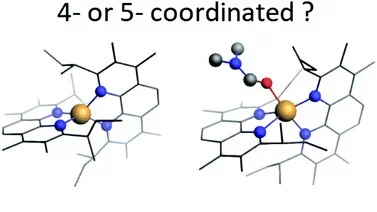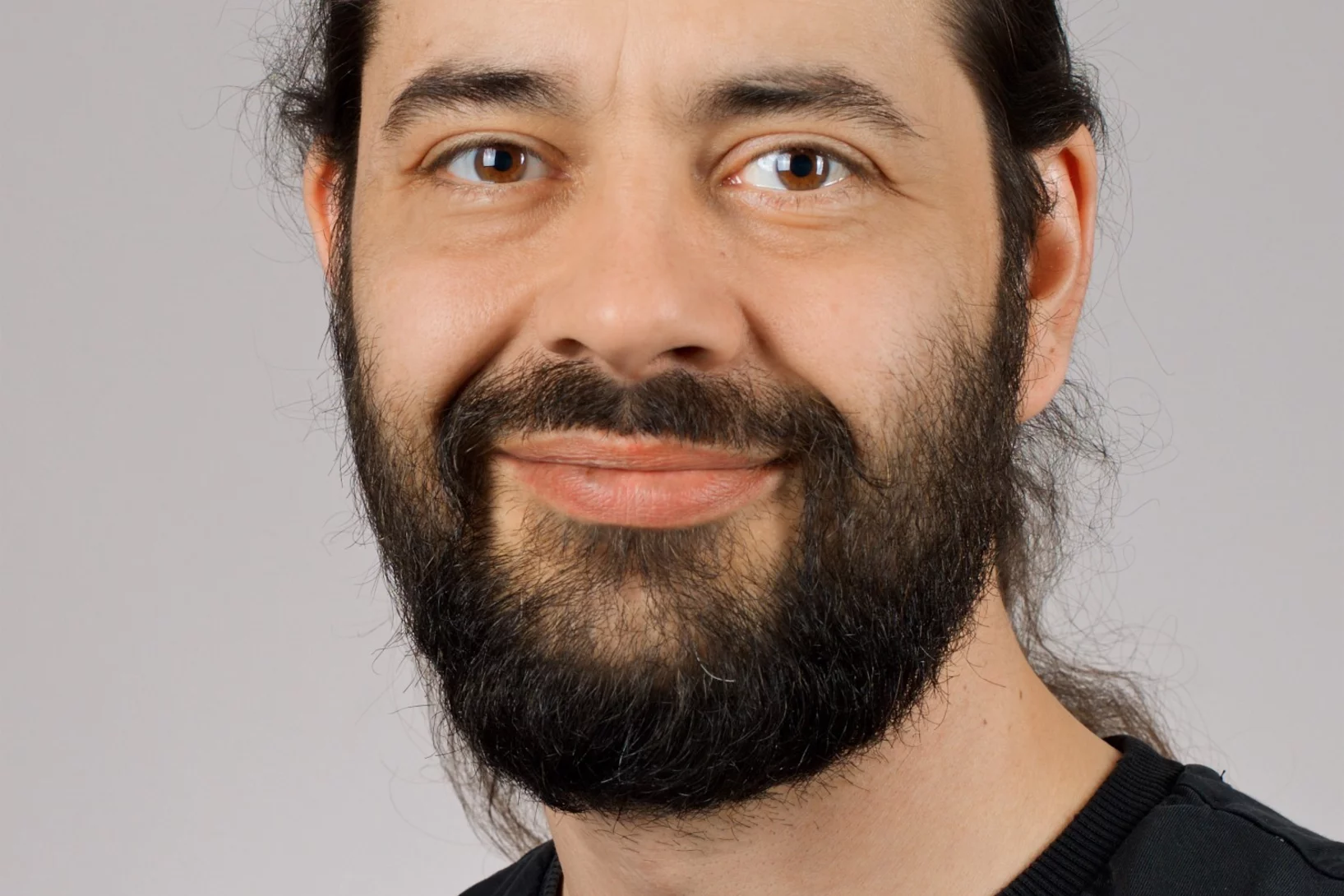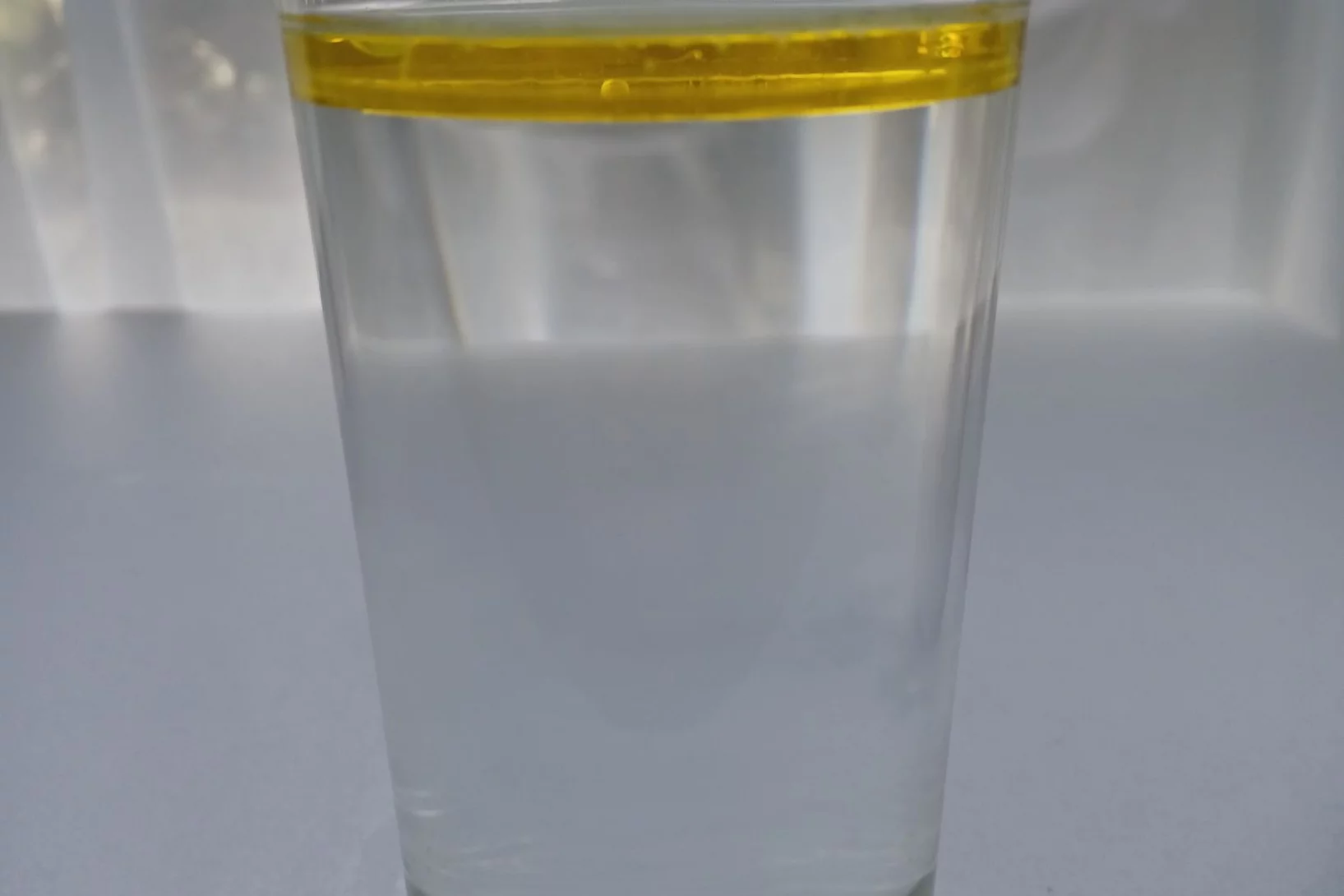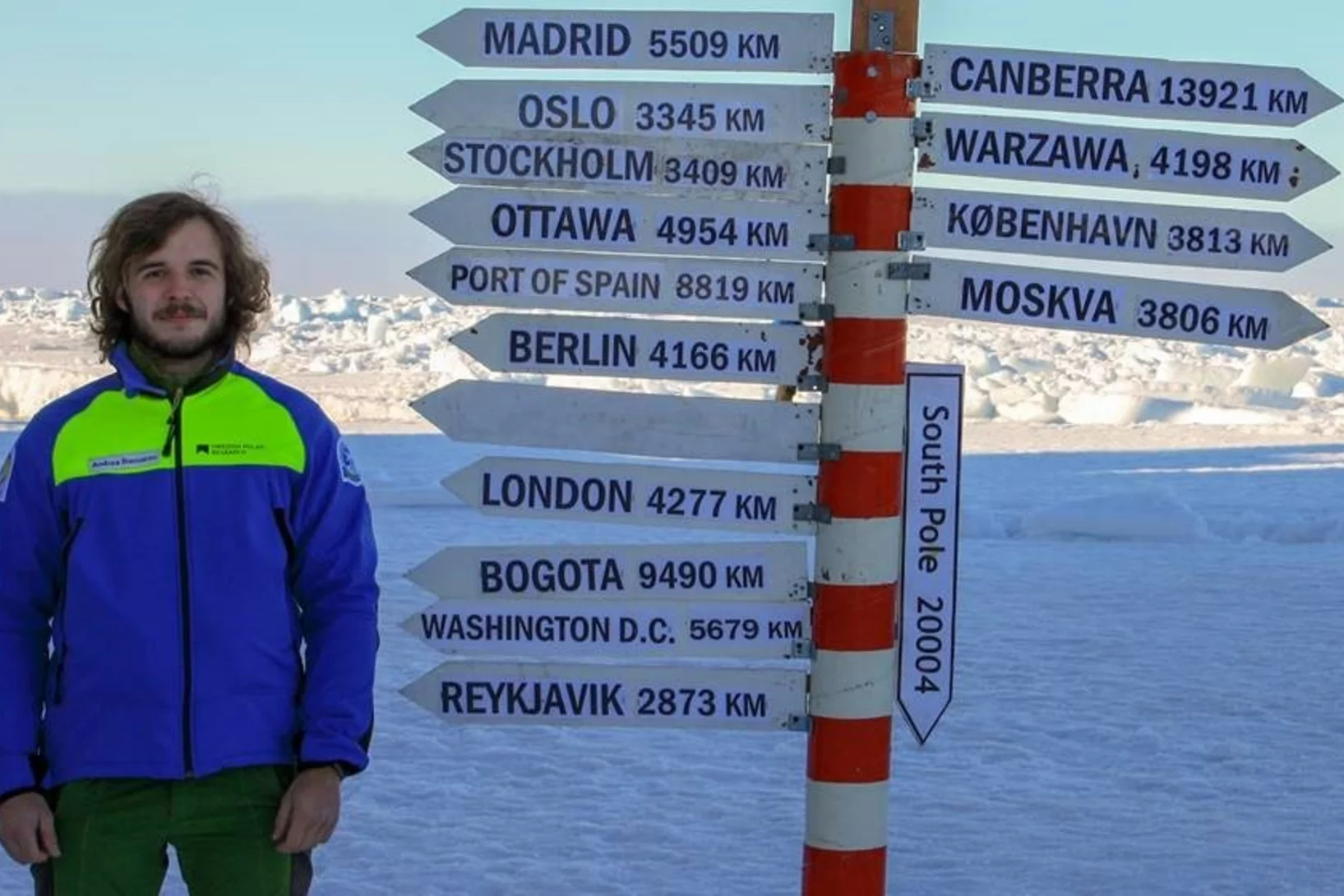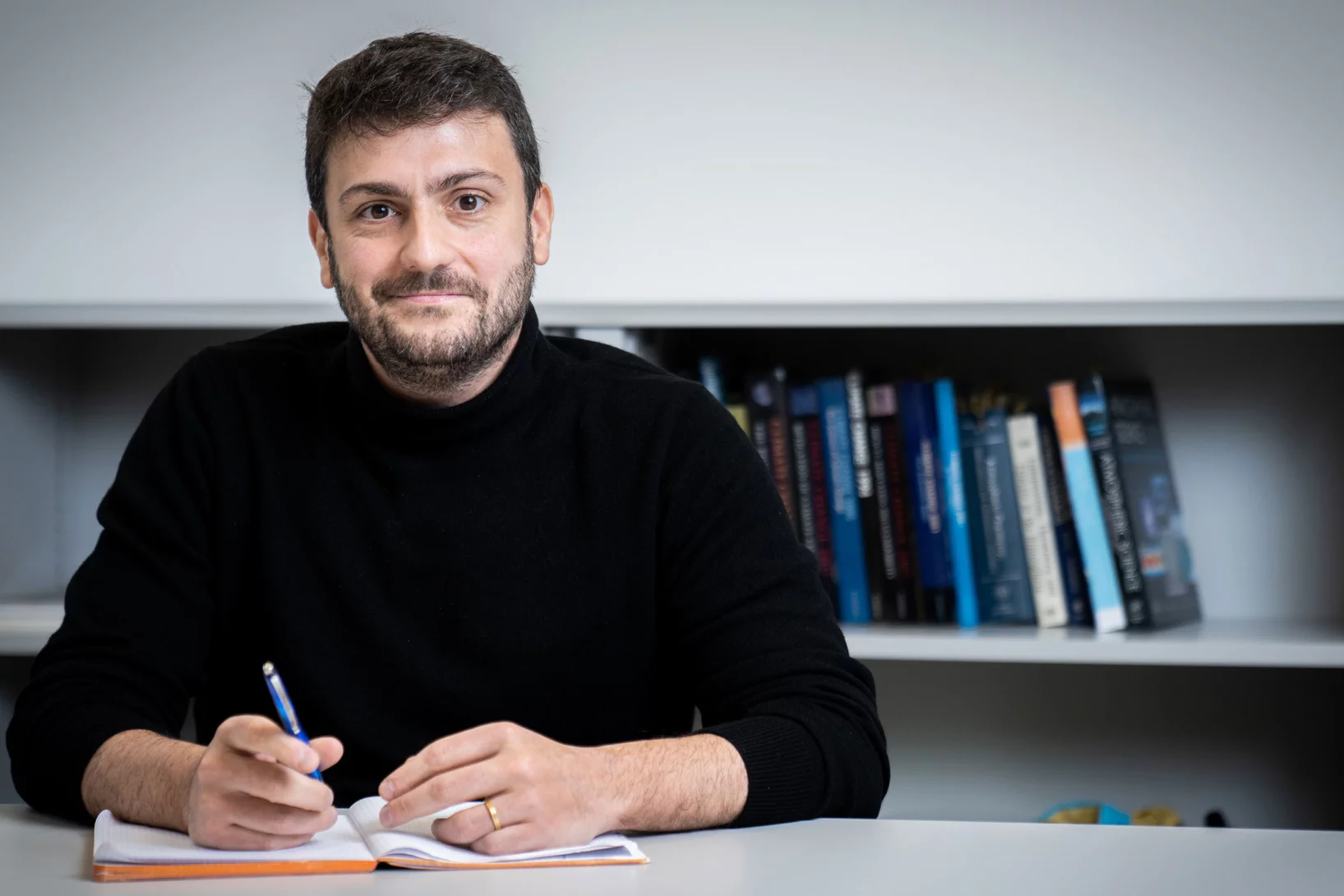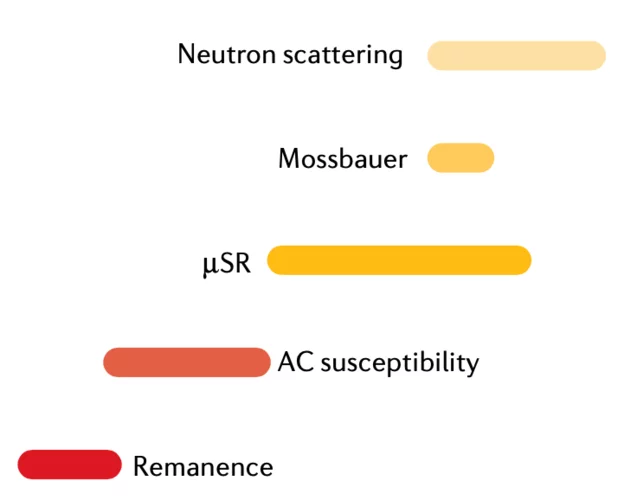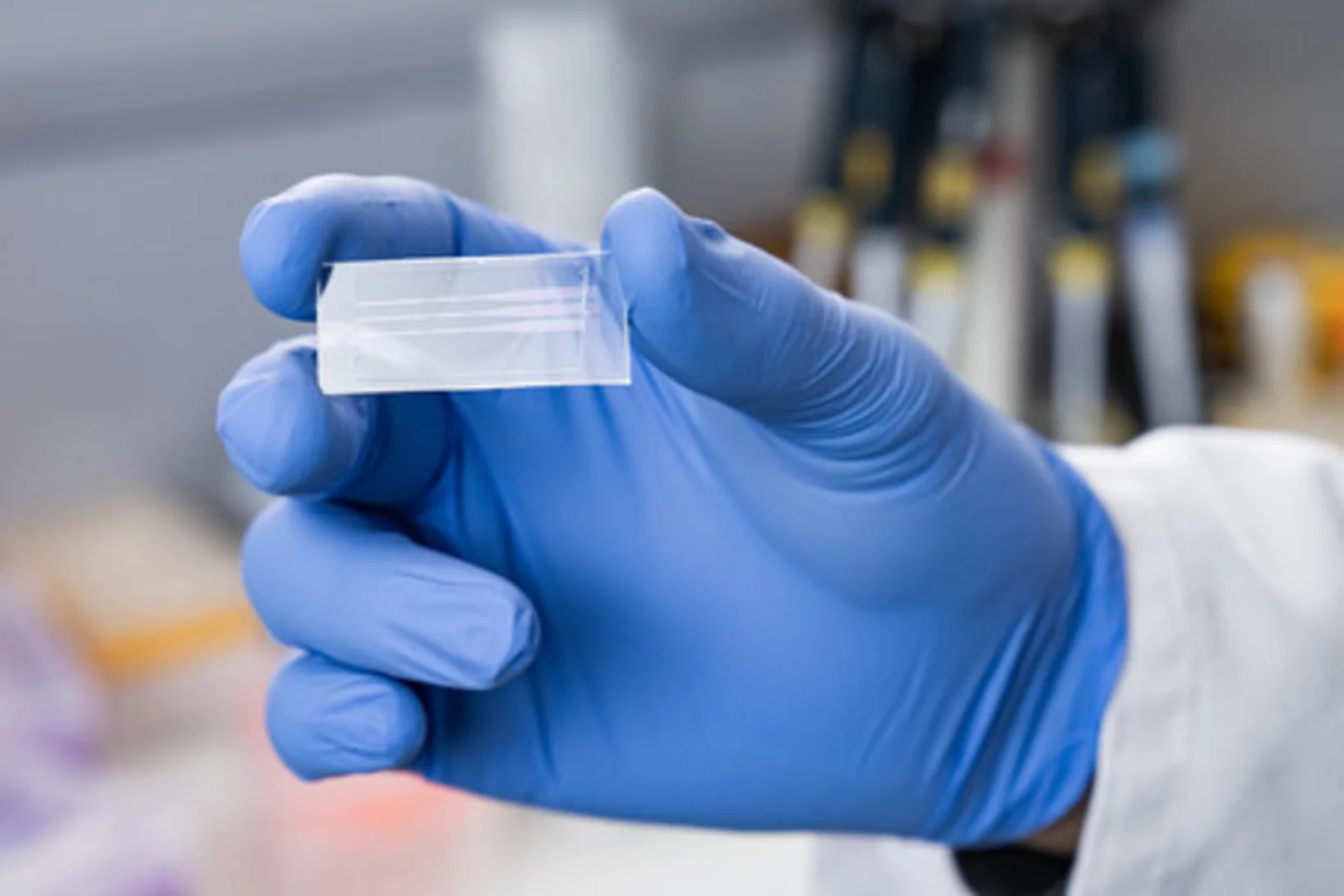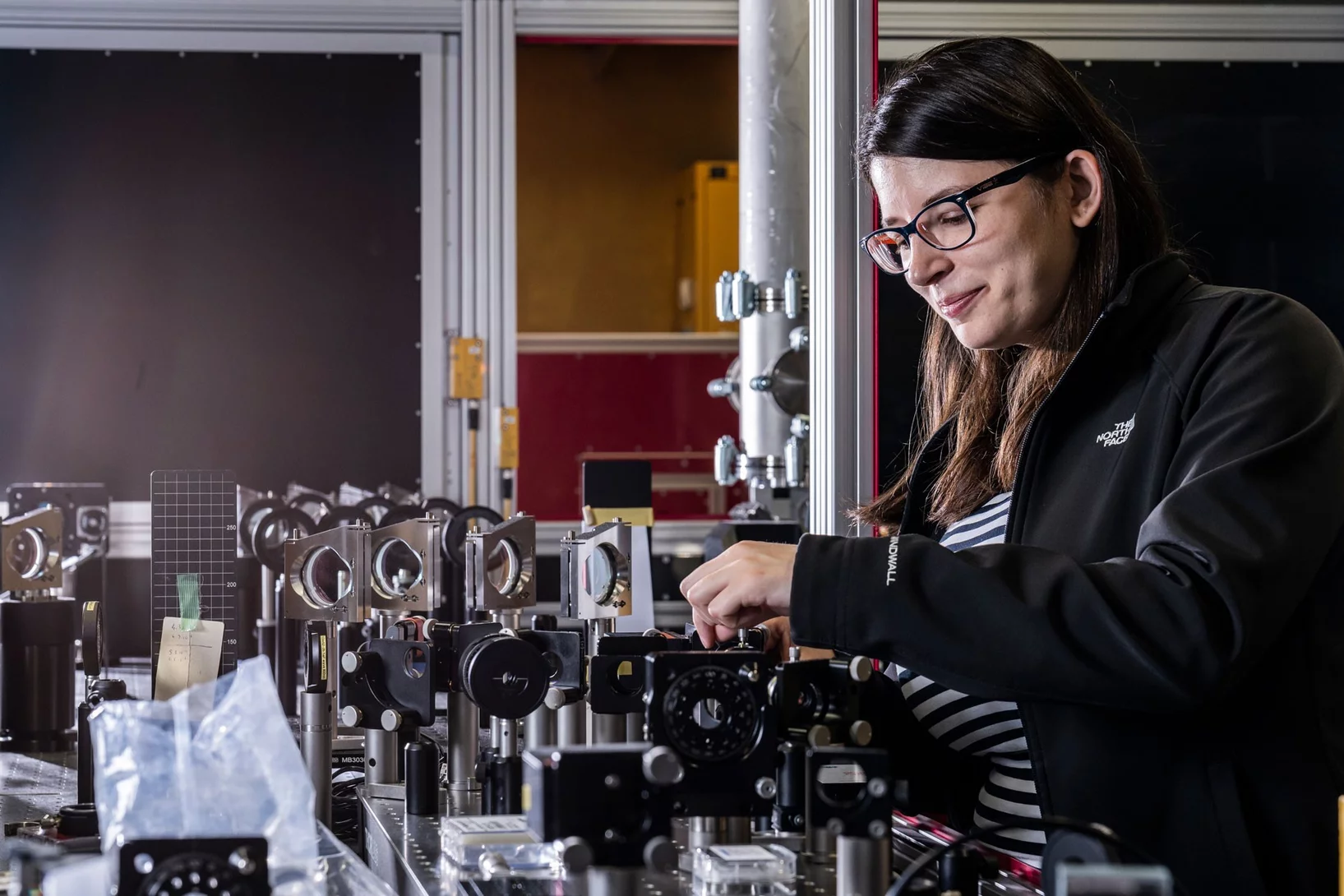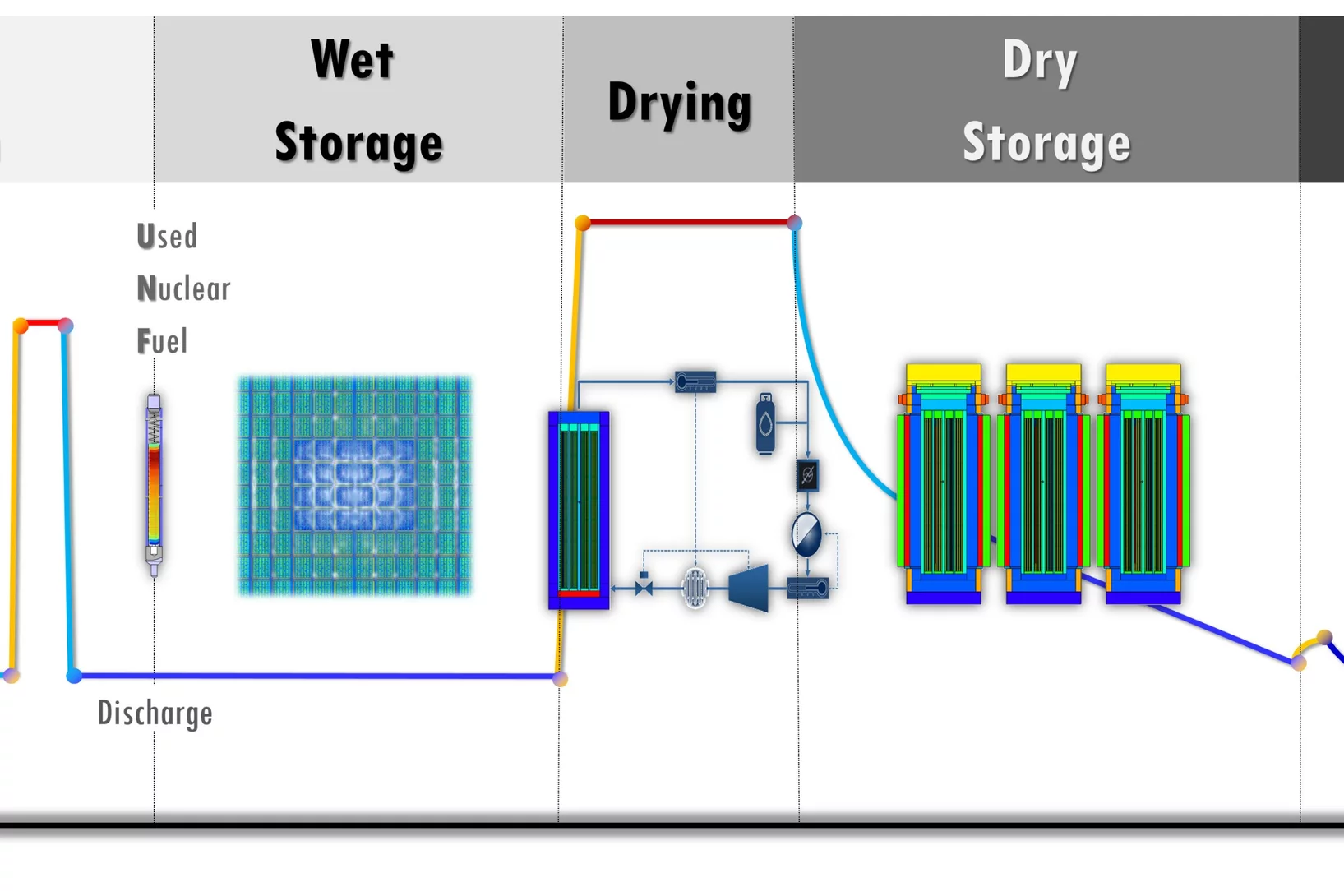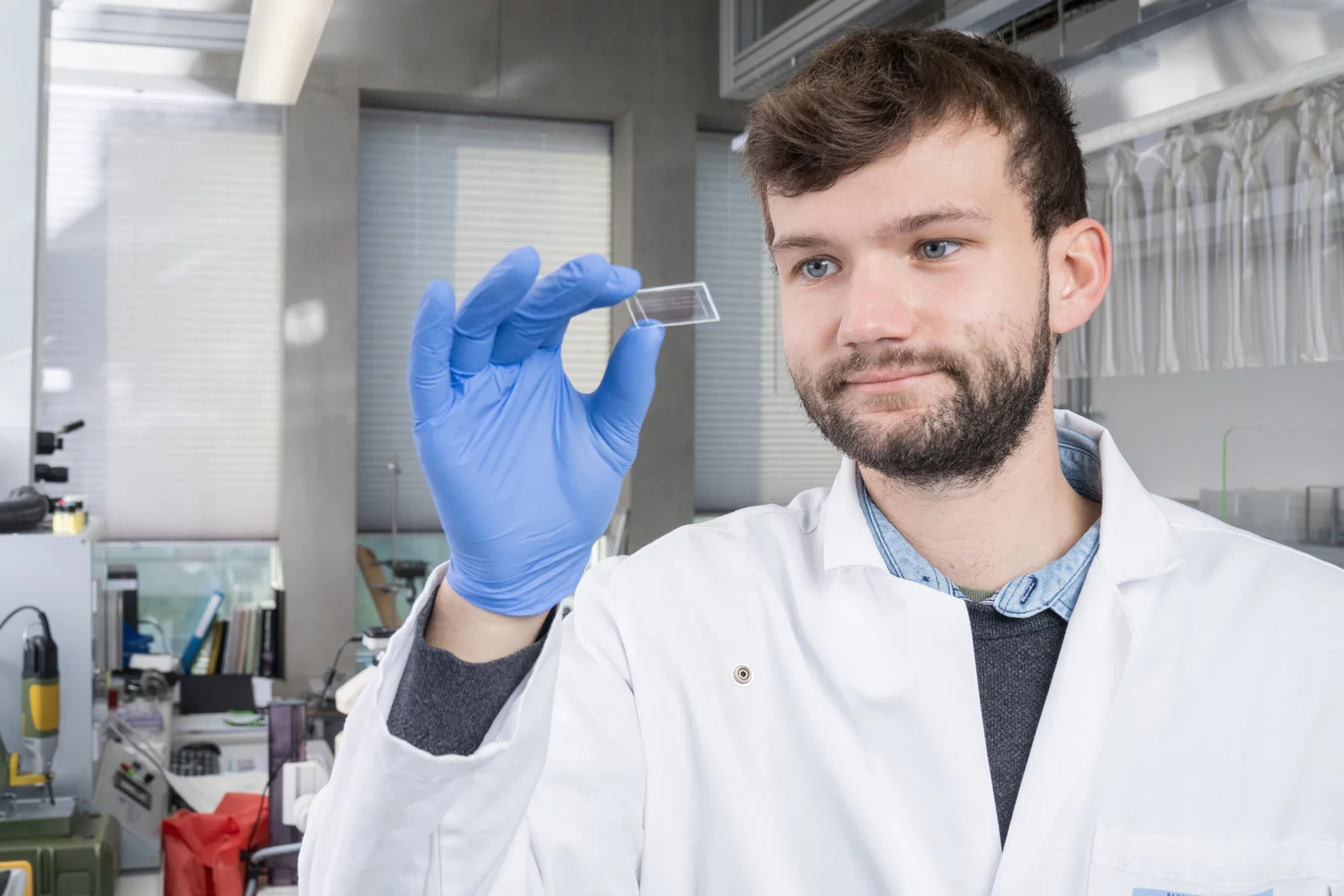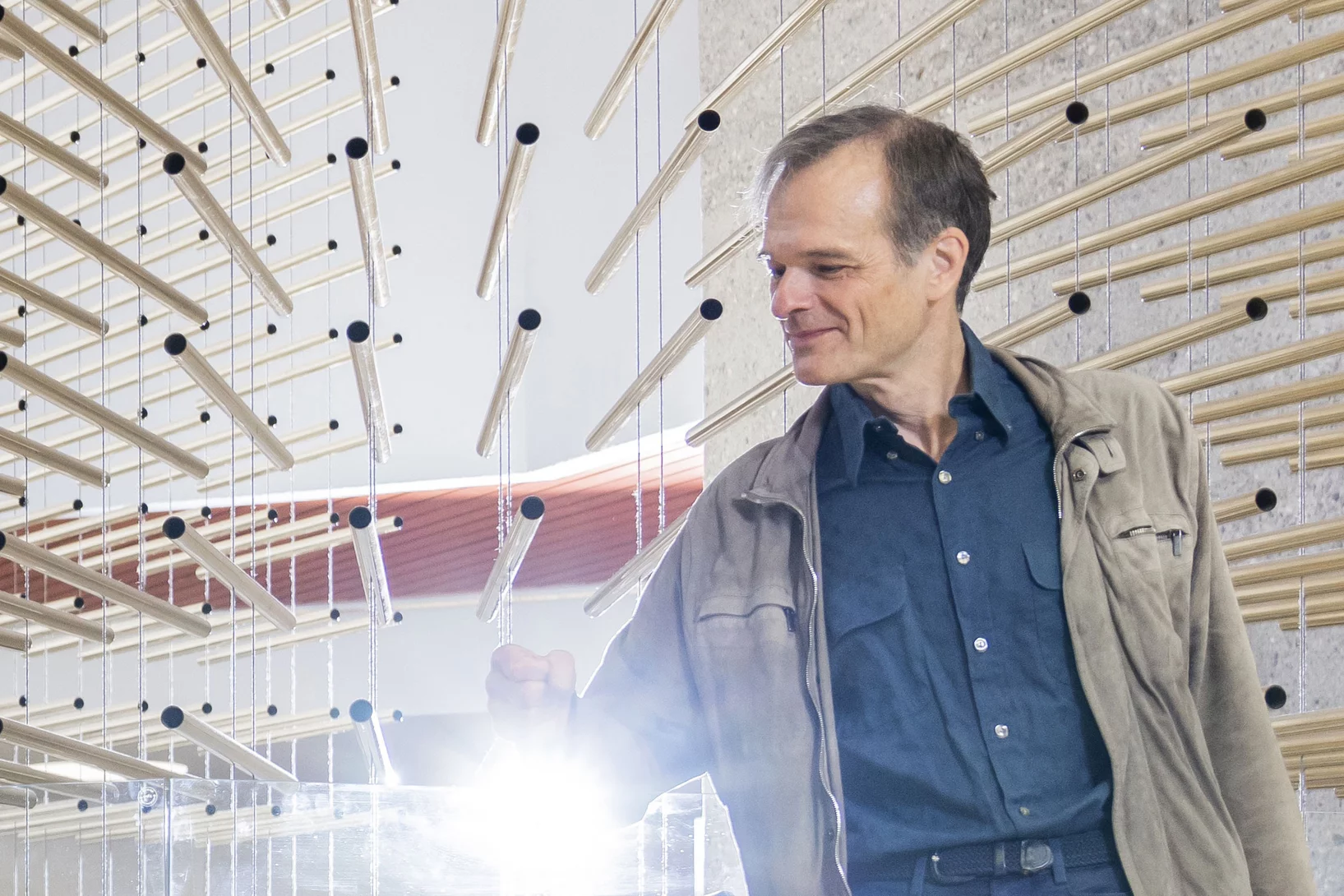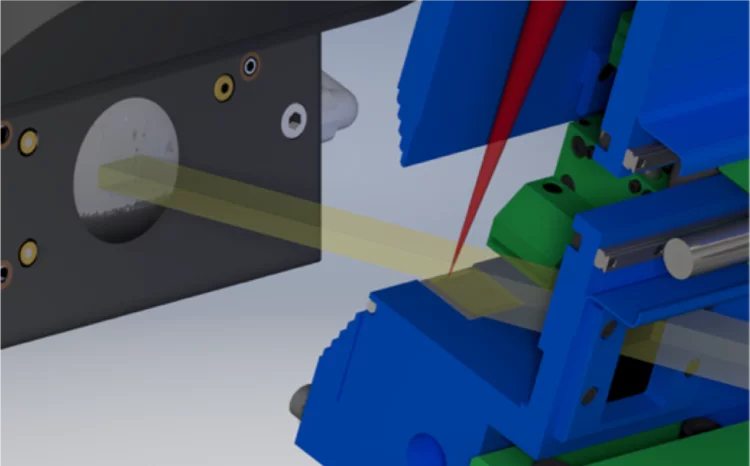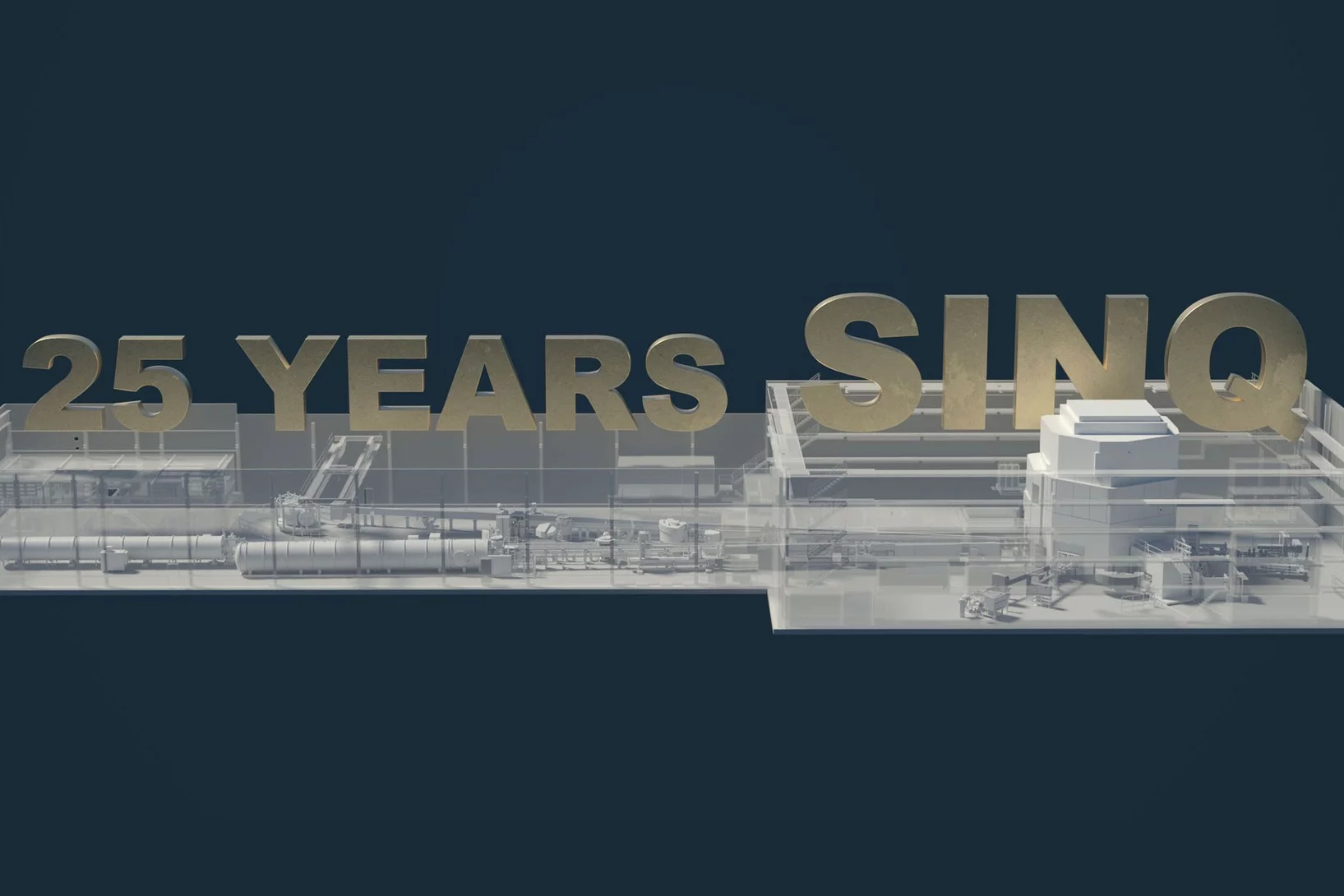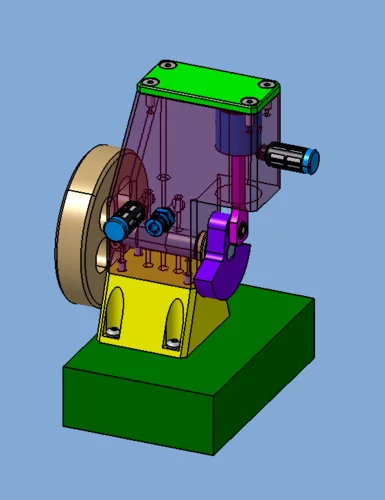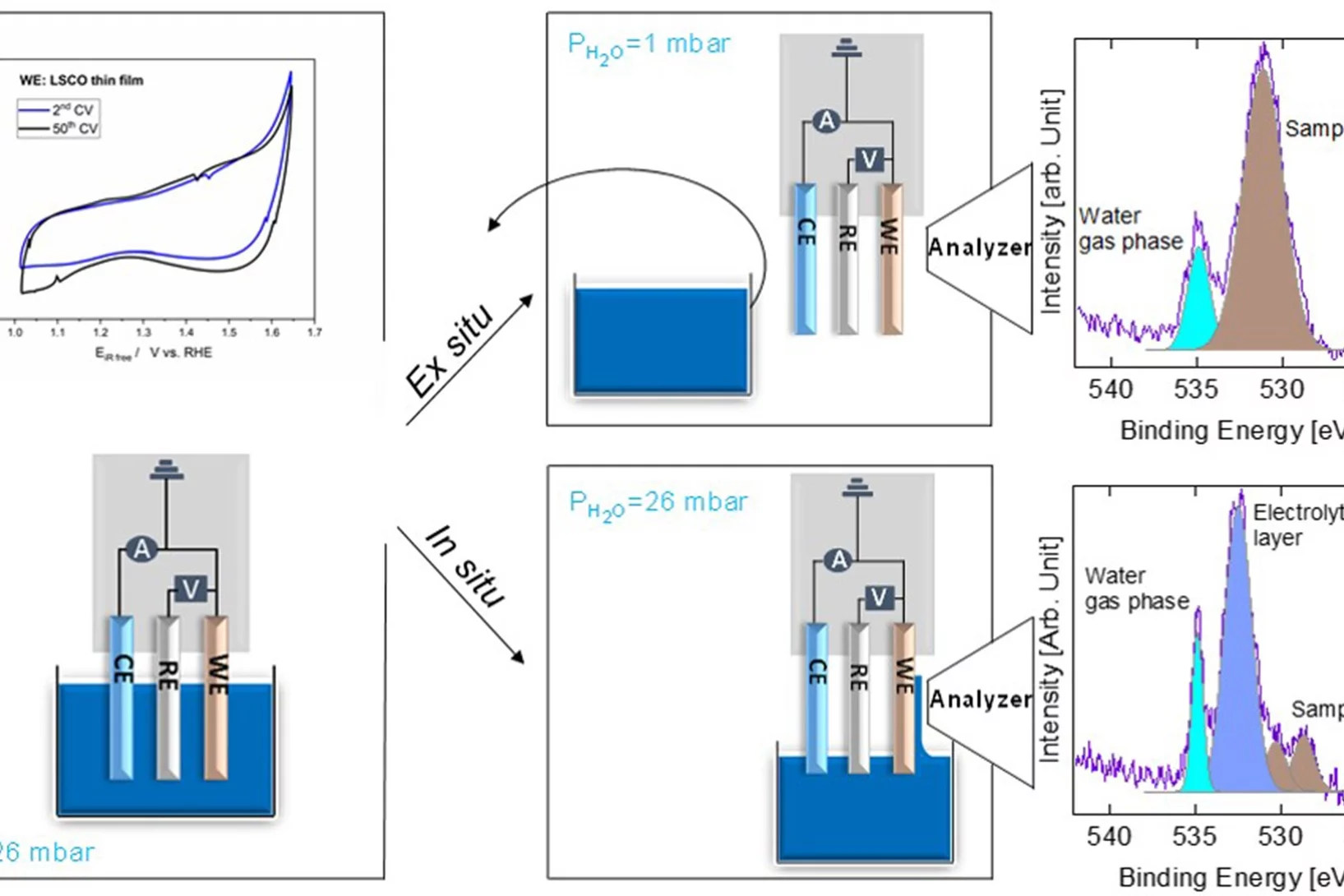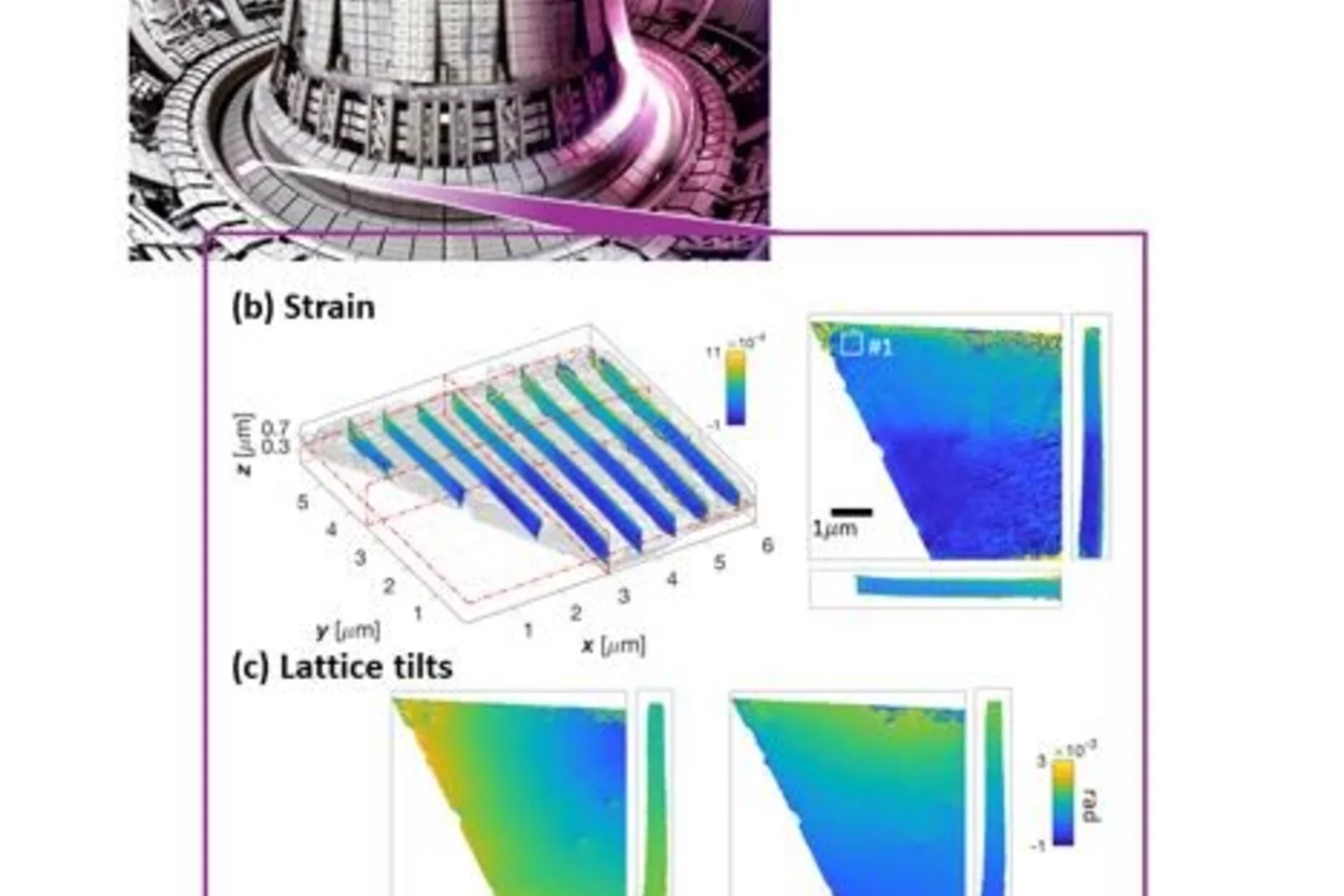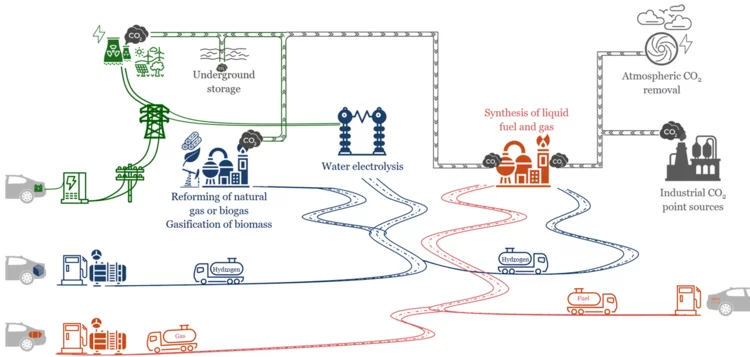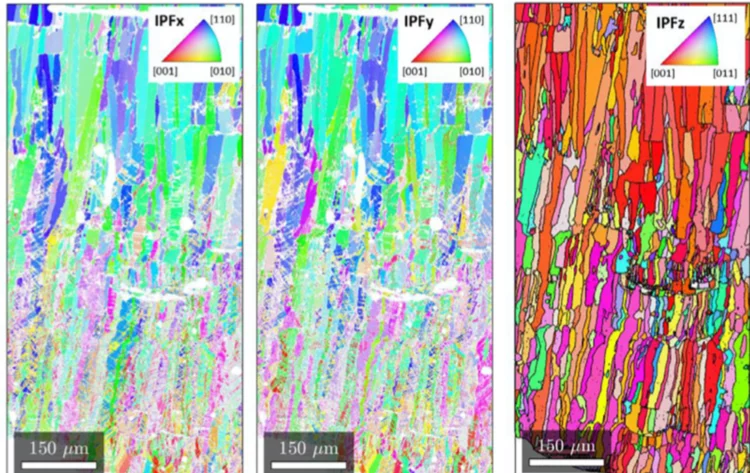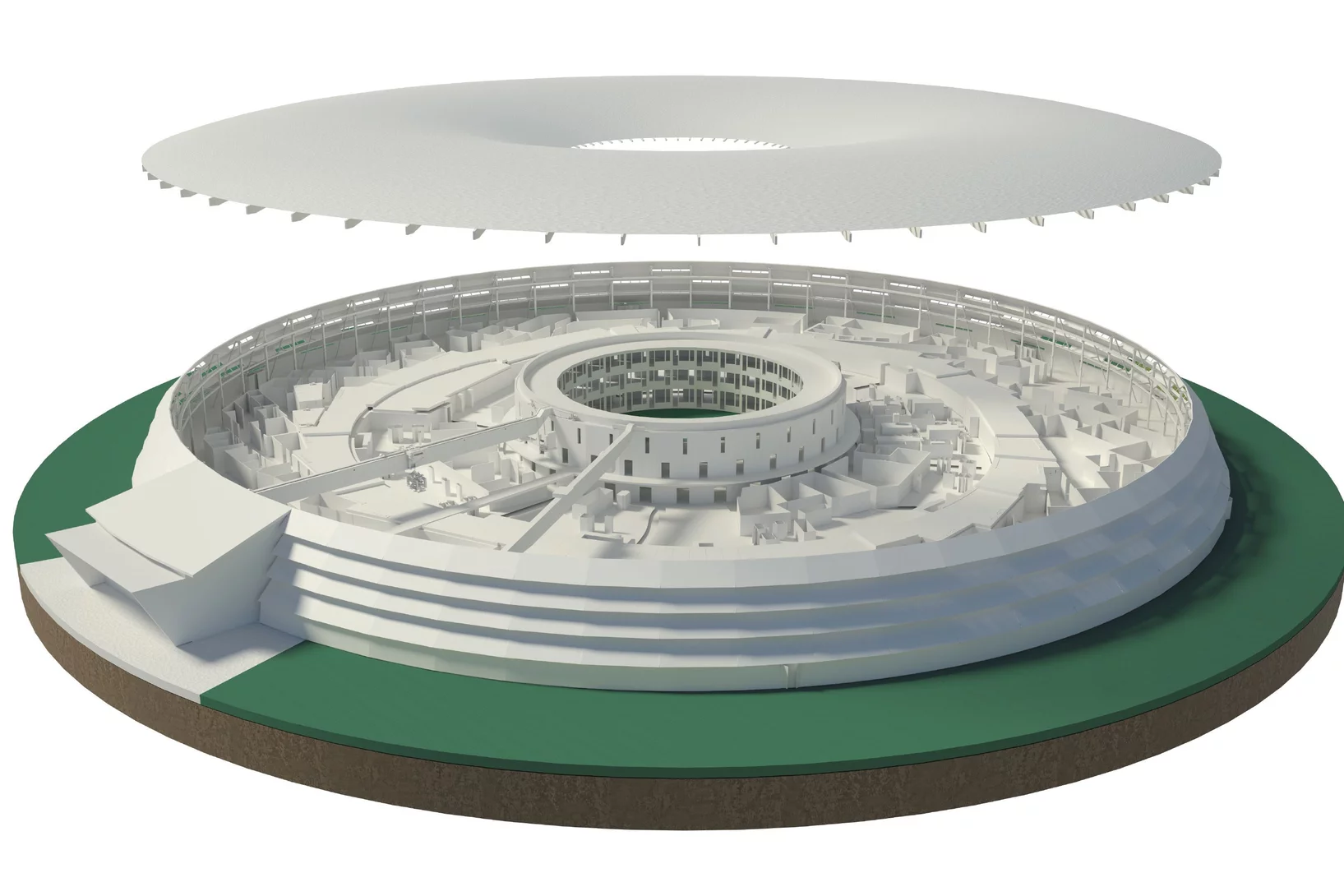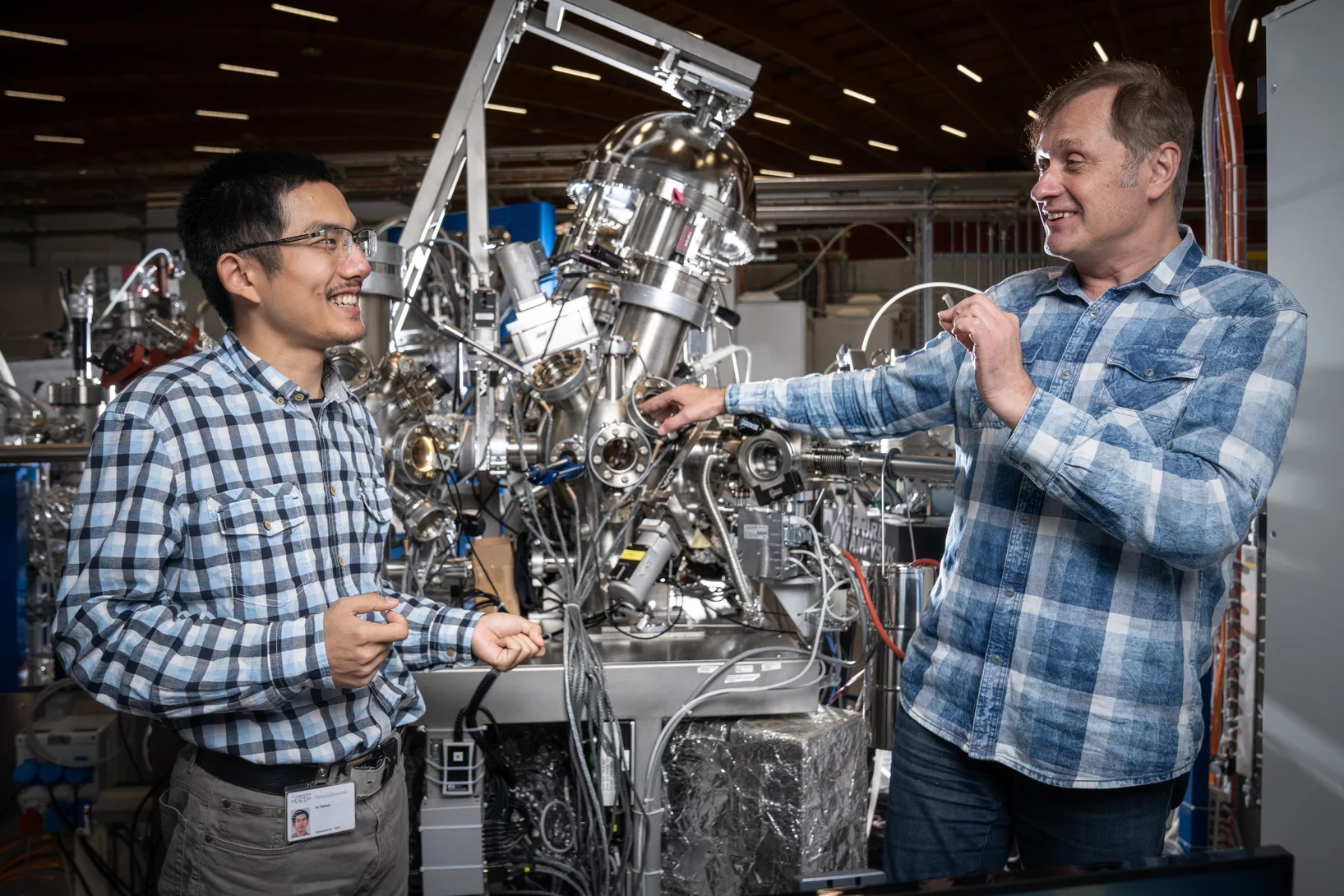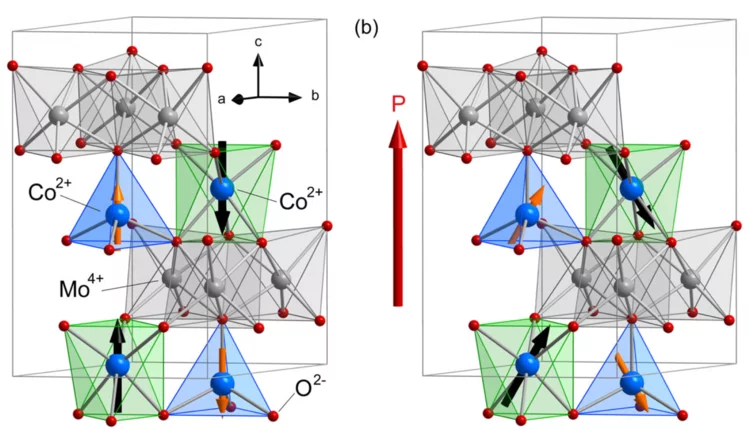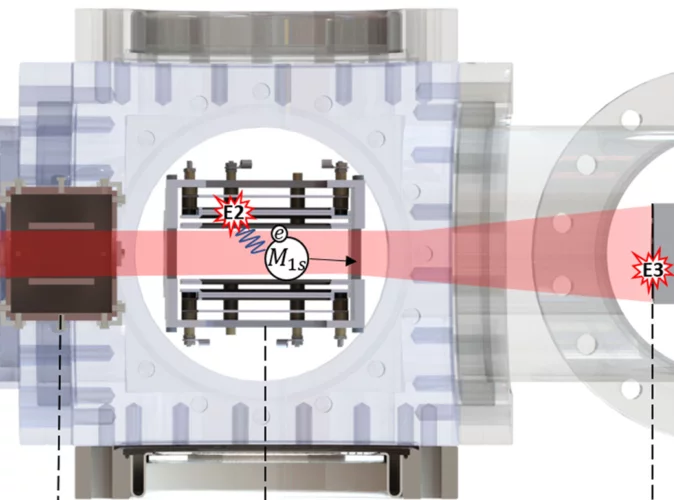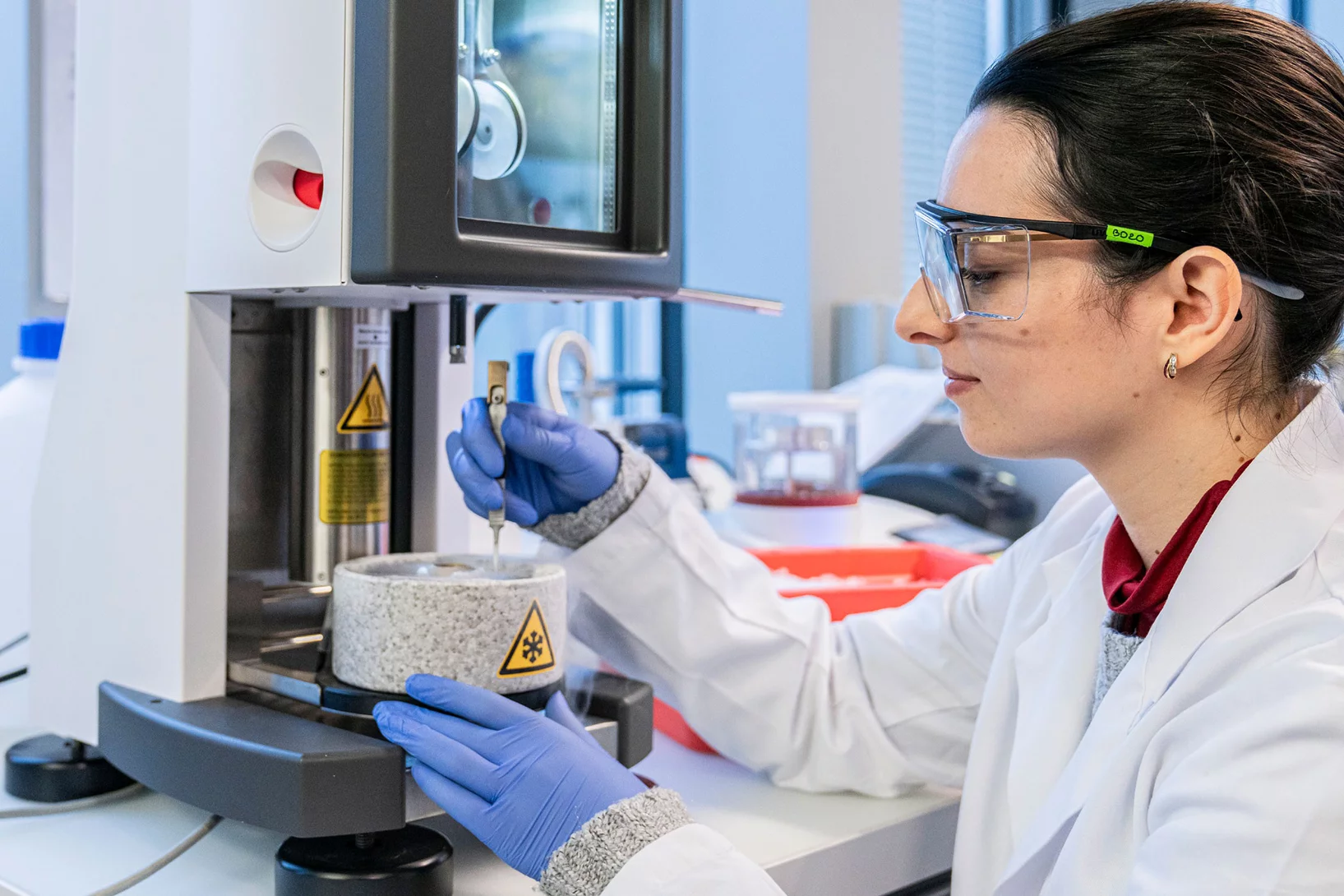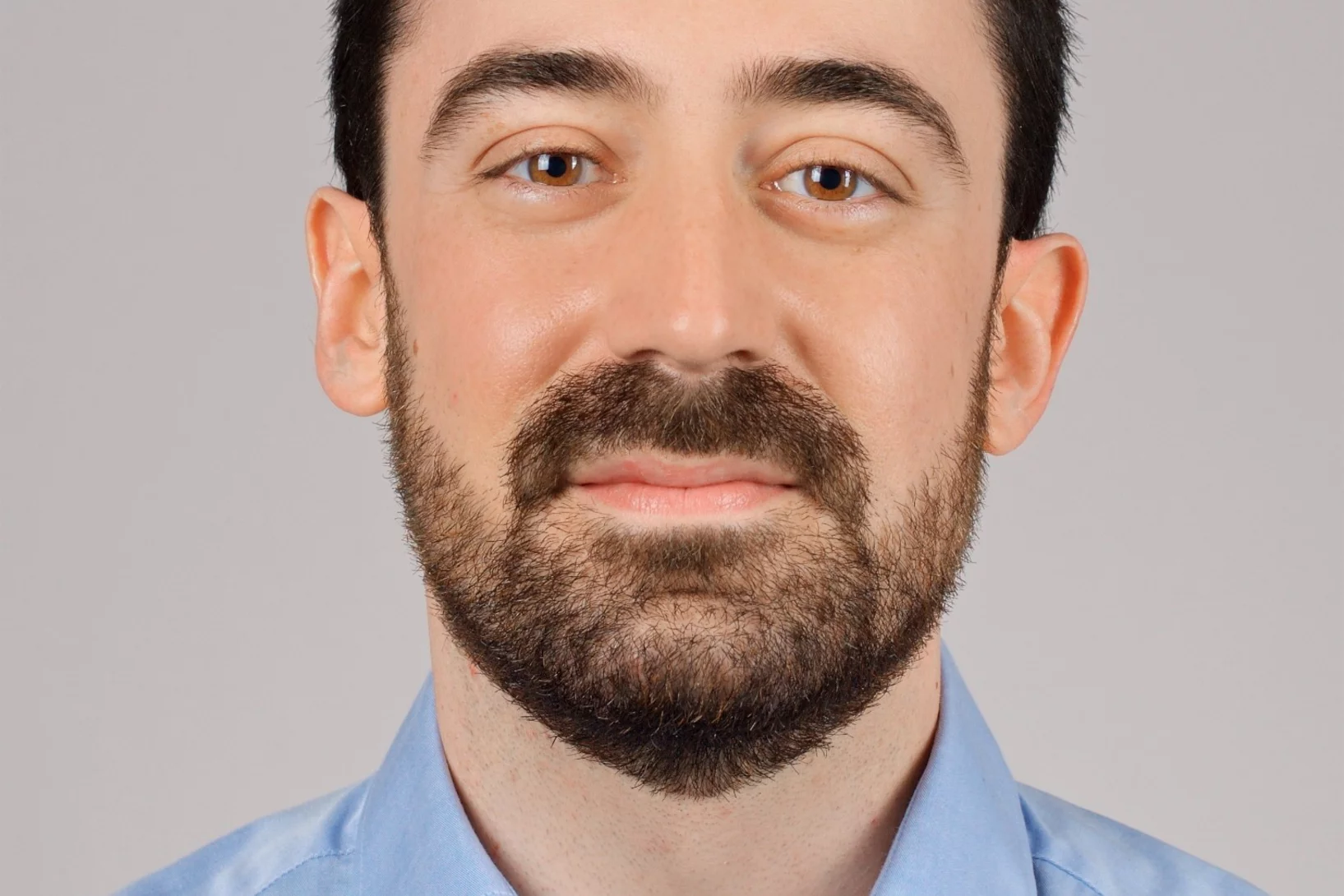A l’Institut Paul Scherrer, les scientifiques cherchent des réponses à la question essentielle des structures élémentaires de la matière et des principes fondamentaux de fonctionnement dans la nature. Ils étudient la structure et les propriétés des particules élémentaires – les plus petits composants de la matière – ou se penchent sur la question de savoir comment les molécules biologiques sont structurées et remplissent leur fonction. Les connaissances qu’ils acquièrent de la sorte ouvrent de nouvelles pistes de solution en sciences, en médecine ou dans le domaine des technologies.
Pour en savoir plus, reportez-vous à Aperçu Fondements de la nature
Exploring the role of structural distortions to obtain Cu photosensitizer with thousand times longer excited state lifetime
Cu diimine complexes present a noble metal free alternative to classical Ru, Re, Ir and Pt based photosensitizers in solution photochemistry, photoelectrochemical or dye-sensitized solar cells. Optimization of these dyes requires an understanding of factors governing the key photochemical properties: excited state lifetime and emission quantum yield. Using pump-probe XAS and DFT calculations we have explored the involvement of exciplex formation in the deactivation of the photoexcited state.
New Laboratory Technician Christian Hanisch
A new colleague, Christian Hanisch, started on February 1, 2022, as a technician in the Laboratory for Catalysis and Sustainable Chemistry and we warmly welcome him.
Ein Homeoffice-Tag eines Chemielaboranten
Wie funktioniert eigentlich Spülmittel? Das sind die Erkenntnisse eines Chemielaboranten.
Andrea Baccarini, former member of the Laboratory of Atmospheric Chemistry, awarded the ETH Medal for his PhD thesis
Andrea Baccarini, a former PhD student at the Laboratory of Atmospheric Chemistry, has been awarded the ETH Medal for his thesis investigating aerosol formation in the Arctic and Antarctic and the role aerosols play in climate change.
Diagnostiquer l’asthme dans un souffle
Le PSI participe au développement d’un test respiratoire, grâce auquel il devrait être possible de diagnostiquer l’asthme. Une interview avec Imad El Haddad.
Muon spin spectroscopy
Muons are particles with a spin of 1⁄2 that can be implanted into a wide range of condensed matter materials to act as a local probe of the surrounding atomic environment. Measurement of the muon’s precession and relaxation provides an insight into how it interacts with its local environment. From this, unique information is obtained about the static and dynamic properties of the material of interest ...
Covid-19: un nouveau test rapide plus performant
Des chercheurs de l’Institut Paul Scherrer PSI et de l’Université de Bâle ont mis au point un test rapide Covid-19. Son principe de fonctionnement inédit promet des informations fiables et quantifiables sur la maladie Covid-19 d’un patient et son évolution, mais aussi sur d’autres maladies et variants possibles du Covid.
Un nouveau test développé par le PSI promet maintenant une plus grande validité: contrairement aux tests antigéniques, il ne détecte pas directement des composants du virus, mais les anticorps que le système immunitaire produit en réaction à l’infection. Il est tout aussi économique, rapide et facile à utiliser. Il permet par ailleurs d’identifier simultanément plusieurs agents pathogènes, comme la grippe.
Il devra toutefois être encore testé et optimisé avant de pouvoir être utilisé.
EU XFEL Young Scientist Award for Camila Bacellar
Camila Bacellar, beamline scientist and group leader of the Alvra endstation at SwissFEL, has received the European XFEL Young Scientist Award. The award recognises the contribution of young scientists to research at the European XFEL.
Taking good and safe care of the retired … nuclear fuel
After several years of loyal and reliable services during heavy duty operation in a reactor, nuclear fuel must be discharged and go into retirement. For Switzerland, the final place of retirement is planned to consist of a deep geological repository where the used nuclear fuel will be disposed. Before the repository is constructed, the used fuel will need to be stored in wet pools and/or dry storage casks.
During all this time, safe handling of the fuel will remain the top priority for operators and regulators. To gain better knowledge on the relevant phenomena which could potentially affect the fuel thermo-mechanics and safety characteristics during long storage periods as well as to allow predicting their evolution, simulation models are being developed at PSI within the DRYstars project.
A first milestone was recently achieved with the development of models coupled to state-of-the-art fuel performance codes for each of the three main categories of phenomena considered as having high safety relevance for storage, namely helium behaviour, creep behaviour and hydrogen behaviour.
Covid-19: un nouveau test rapide plus performant
Le test identifie les différents variants du virus et améliore le pronostic de la maladie.
En route vers des ordinateurs quantiques plus compacts grâce à la topologie
Des chercheurs en quête de qubits particulièrement stables ont étudié en détail la distribution des électrons dans deux semi-conducteurs.
Update on the Status of HIMB
A workshop to discuss and further develop the science case for the High Intensity Muon Beams (HIMB) has been held.
Direct observation of crack formation mechanisms with operando Laser Powder Bed Fusion X-ray radiography
Operando high-speed X-ray radiography experiments reveal the cracking mechanism during 3D laser printing of a Ni superalloy.
Celebrating 25 years of SINQ
On January 17th, 2022, we celebrated the 25th anniversary of the inauguration of the Swiss Spallation Neutron Source SINQ. Today, SINQ is firmly embedded in the European research landscape and has established itself as an important center for neutron research.
Druckluftmotor: aus nichts als Luft wird kinetische Bewegungsenergie
Am Anfang nur eine einfache Übungsvorlage aus dem Internet, inzwischen eine detaillierte Baugruppe die in der Pandemie seinen Start fand. Nun warten wir bis es in der der Fertigung realisiert wird.
Direct evidence of in situ Co-oxyhydroxide formation on the surface of La0.2Sr0.8CoO3-δ water splitting catalyst
We carried out in situ and ex situ ambient pressure X-ray photoelectron spectroscopy (APXPS) experiments on a La0.2Sr0.8CoO3-δ perovskite oxygen evolution reaction (OER) catalyst. The study shows that Sr is leached into the electrolyte after immersion, leading to surface Co active site enrichment. Such a Co-enriched surface evolves into a new phase during operation. With the help of theoretical simulations, such a species is assigned to Co-oxyhydroxide, providing direct evidence of its formation during the OER.
Revealing invisible defects in fusion reactor armor
In an exciting collaboration, Nick Phillips, a PSI Fellow at the cSAXS beamline, reveals nanoscale lattice distortions created by invisible defects in fusion reactor armor. This work develops the current understanding of how the smallest, but most prevalent defects, generated during neutron irradiation behave. The novel Bragg ptychographic approach published in Nature Communications paves the way for fast, robust, 3D Bragg ptychography.
E-fuels and electrification as complementary approaches to achieve climate target
Sustainable, synthetic fuels, so-called e-fuels, can help reduce CO₂ emissions. For their production, electricity from renewable sources is required in order to allow for a close to CO₂-neutral balance. The availability of electricity from renewable sources, which ensures the climate benefits of e-fuels, is currently still limited. “Especially in order to produce on a larger scale, a lot of renewable electricity is needed,” explains Christian Bauer, researcher at the Laboratory for Energy Systems Analysis (LEA) at PSI.
SμS Call 2022/1 informations
The results of the evaluation of the SμS Call 2022/1 and the beam time schedule will be published mid of March 2022. Resume of HIPA user operation is scheduled to May 2nd, 2022.
Understanding variant selection and texture in additively manufactured red-gold alloys
Synchrotron X-ray diffraction experiments reveal the presence of a non- negligible amount of tetragonal phase in 3D printed red-gold samples.
Plusieurs millions d’euros pour la recherche quantique et la recherche sur le cerveau
Le Conseil européen de la recherche approuve des projets du PSI sur le développement d'un calculateur quantique et sur la recherche sur le cerveau pour un montant de 5 millions d'euros.
Les semi-conducteurs atteignent le monde quantique
Des effets quantiques dans des supraconducteurs pourraient faire prendre un nouveau virage à la technologie des semi-conducteurs. Des chercheurs de l’Institut Paul Scherrer PSI et de l’Université de Cornell dans l’Etat américain de New York ont identifié un matériau composite qui pourrait intégrer des éléments quantiques dans la technologie des semi-conducteurs et rendre ainsi les composants électroniques nettement plus performants. Parmi les plus importants défis actuels de la technologie des semi-conducteurs figurent de nouvelles améliorations qui augmenteraient la bande passante pour la transmission des données, l’efficacité énergétique ainsi que la sécurité des informations. Intégrer des effets quantiques marquera vraisemblablement une percée.
Confirming the trilinear form of the optical magnetoelectric effect in the polar honeycomb antiferromagnet Co2Mo3O8
Magnetoelectric phenomena are intimately linked to relativistic effects and also require the material to break spatial inversion symmetry and time-reversal invariance. Magnetoelectric coupling can substantially affect light–matter interaction and lead to non-reciprocal light propagation. Here, we confirm on a fully experimental basis, without invoking either symmetry-based or material-specific assumptions, that the optical magnetoelectric effect in materials with non-parallel magnetization (M) and electric polarization (P) generates a trilinear term in the refractive index...
LAC scientists awarded Mariolopoulos Trust Fund Award 2022
The paper "Sources of particulate-matter air pollution and its oxidative potential in Europe" published in Nature by Kaspar Dällenbach and his team at the LAC has won the 2022 Mariolopoulos Trust Fund Award, along with another paper in the field of atmospheric environment.
Precision Measurement of the Lamb Shift in Muonium
We report a new measurement of the n=2 Lamb shift in Muonium. Our result of 1047.2(2.3)stat(1.1)syst MHz comprises an order of magnitude improvement upon the previous best measurement. This value matches ...
Mieux comprendre le sens de la vue
Des chercheurs du PSI ont mis en lumière la structure d’un élément important dans l’œil: le canal ionique CNG qui permet au signal visuel d’être transmis au cerveau.
Marie-Christine Zdora joins the X-ray Tomography Group
The X-ray Tomography group welcomes Marie-Christine Zdora as a new member. In her role as translational X-ray imaging adjunct scientist, Marie will mainly work on phase-contrast and dark-field imaging focusing on the further development of these techniques towards their clinical translation. Before joining TOMCAT, Marie was a postdoc in the X-ray optics and applications group at the Laboratory for Micro- and Nanotechnology (LMN) at PSI, where she worked on the development of new X-ray optics as well as X-ray wavefront sensing. Prior to this position, she was a research fellow at the University of Southampton in the UK, where she made advances in X-ray speckle-based imaging using synchrotron and lab sources.
Reduced capacity PSI guesthouse
There will be some substantial renovation work be going on in the PSI guesthouse until middle of March, which causes a significantly smaller capacity mainly in January and February.
Welcome Fabio Peixoto Esteves
A new colleague, Mr. Fabio Peixoto, started on January 1, 2022 as a PhD student in the van Bokhoven group under Marco Ranocchiari's supervision.
Ce que les protons ont rendu possible
Cette galerie présente cinq personnes qui ont été traitées au Centre de protonthérapie du PSI.

